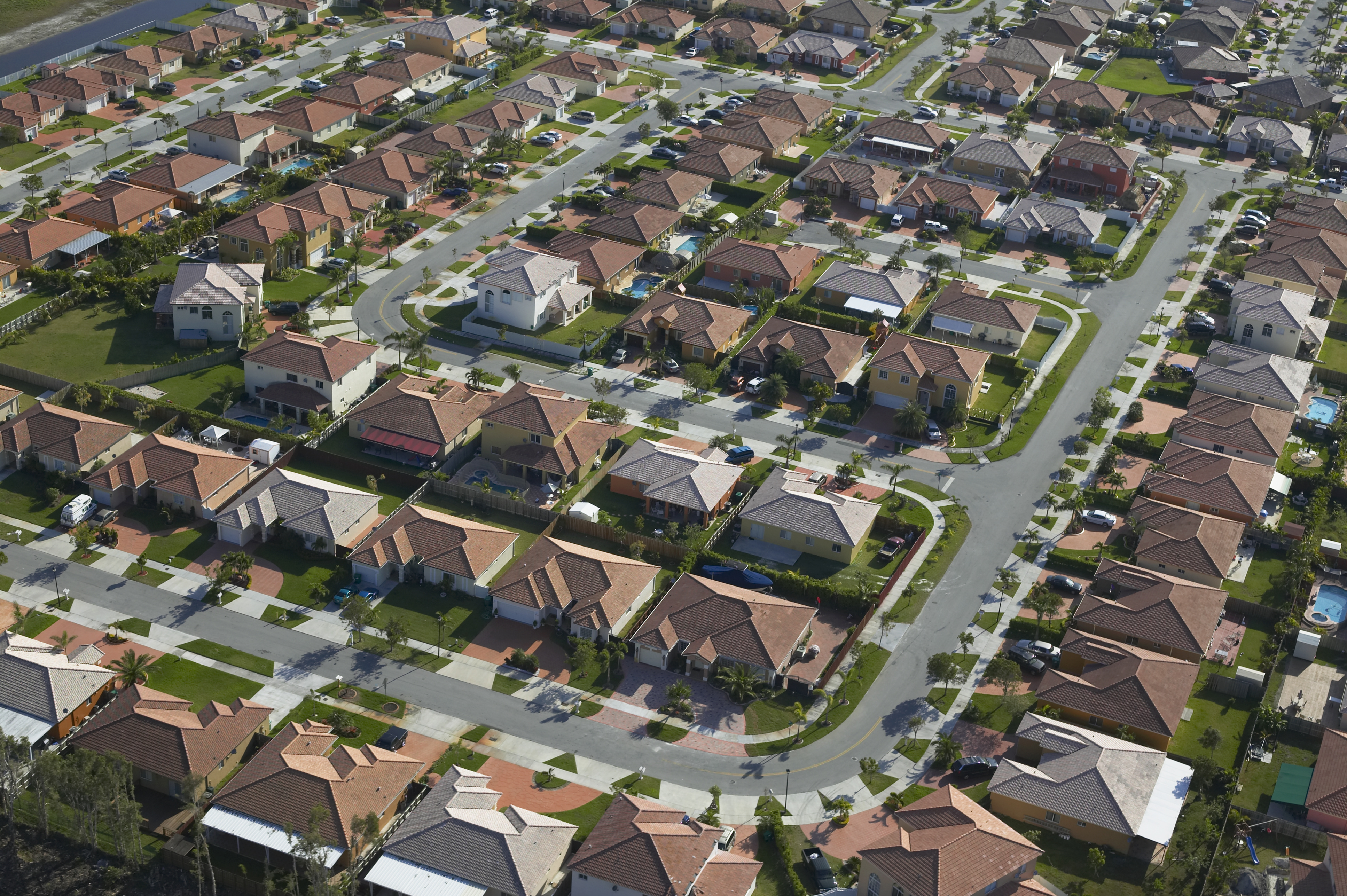8 Smart Tips to Consider When Looking for a New Neighborhood
 It’s never easy choosing a new neighborhood, and with all of the different things to consider, the mere idea can quickly become overwhelming. But choosing your ideal neighborhood doesn’t have to be stressful. Follow these 8 tips for choosing a new neighborhood and you’ll be sure to find one you and your family will enjoy for years to come.
It’s never easy choosing a new neighborhood, and with all of the different things to consider, the mere idea can quickly become overwhelming. But choosing your ideal neighborhood doesn’t have to be stressful. Follow these 8 tips for choosing a new neighborhood and you’ll be sure to find one you and your family will enjoy for years to come.
1. Make Sure It’s Safe
Especially if you’re moving long distance, be sure to do research on the area you’re moving to. Use a website like Neighborhood Scout or local sheriff departments to identify neighborhoods with lower crime rates. Don’t be alarmed if you see a lot of crime incidents near your desired area. Every city has crime. The important thing is to look at the types of crime occurring in your neighborhood. For example, was it a complaint of a stolen lawn chair, or something more serious like a home robbery/invasion or even murder? Safety is the number one concern when choosing a new neighborhood.
2. Research Local Schools
Check out the local schools, even if you don’t have kids. Be sure that the neighborhood you’re moving to has a good educational system. Buyers place a lot of value on education, and if your home is in an area with great schools, your home will be worth more to potential buyers. Use a website like greatschools.org to find the best schools in your area. Greatschools.org uses past standardized test scores to rank local schools. It’s a great way to find the best schools in the area. They even show you each school’s attendance boundaries to make house hunting simple.
3. Look at Nearby Housing Prices
Check housing prices of the homes nearby to be sure you’re making a good investment in the home you choose. You never want to be the most expensive home on the block. Any renovations or remodeling you do might cause your home to become too expensive for the neighborhood, and you won’t recoup that investment when you sell. Be sure you’re giving your home value room to appreciate. Find a neighborhood that might be slightly nicer than you can afford, and find a lower-end home in that neighborhood that is within your budget.
4. Talk to Neighbors
“Talk to people living in your desired neighborhood and try to get a feel for the area,” said Roche Realty Group. Do the neighbors absolutely love living there, or are there a few things they’d change if they had it to do over again? Are there a lot of children living in the neighborhood for your kids to play with? Or, are the residents mostly retired? Depending on your stage of life, these questions could help determine which neighborhood make-up is best for you.
5. Look Up Nearby Amenities
Check local municipal websites to learn about the nearby area. Are there any parks nearby, or walking trails? What about community pools? Does the county offer any activities for kids, like soccer leagues and dance classes? What about grocery stores, gyms, and coffee shops for the adults? Make sure that the neighborhood you choose is close to all of the essential things your family needs.
6. Distance to family
When choosing a neighborhood, consider the distance to any local family members. Is it too far away from family? (Or maybe too close?) Will rush-hour traffic make it difficult to visit?
7. Don’t Forget HOA Fees or Mello-Roos
Remember to look closely at your desired neighborhood for any additional costs you might not be aware of. HOA fees can be really low in some areas, and exorbitant in others. Find out what the HOA pays for, such as trash, water, pool dues, etc. Also check the property to find out if it has any debts specific to that neighborhood, like mello-roos. These debts refer to community improvements that have been voted on by the local community, and the associated costs are assigned to certain areas. Be sure you know the costs associated with moving into the neighborhood you’re choosing.
8. Broaden Your Search
Don’t be afraid to look slightly outside of your desired neighborhood. Sometimes adding ten minutes to your commute can bring an extra thousand square feet of living space for the same price.
It’s never easy packing up your life and transplanting it somewhere completely new. But if you follow these 8 steps, you’ll be able to find a new neighborhood that meets, and hopefully exceeds, all of your family’s needs.

















